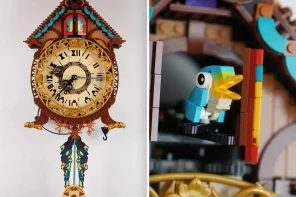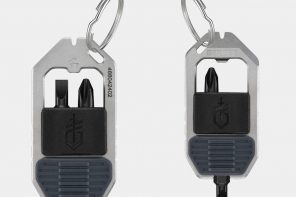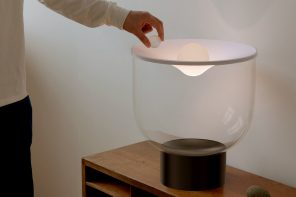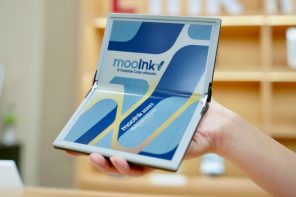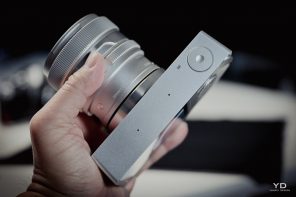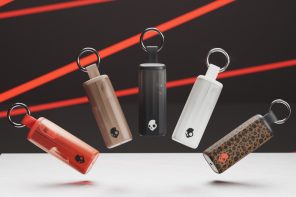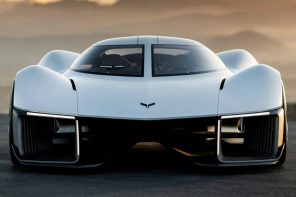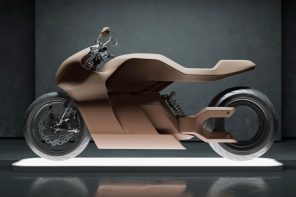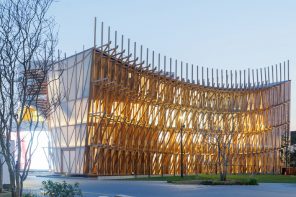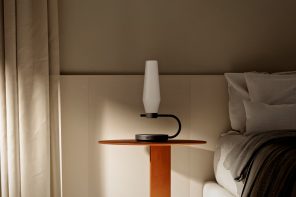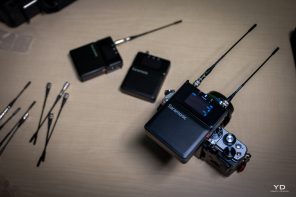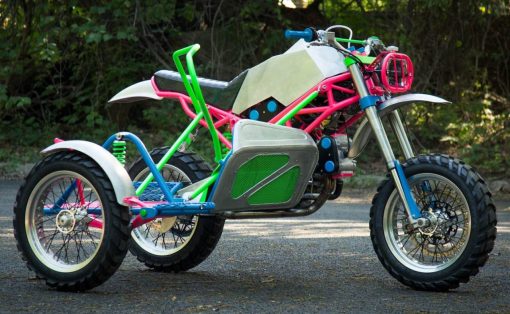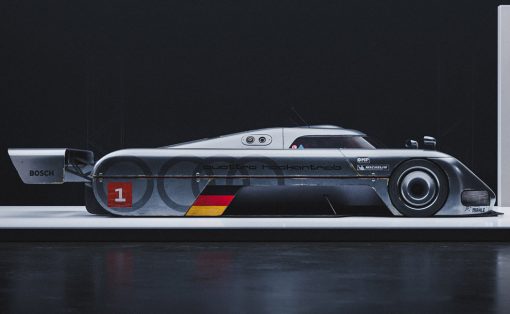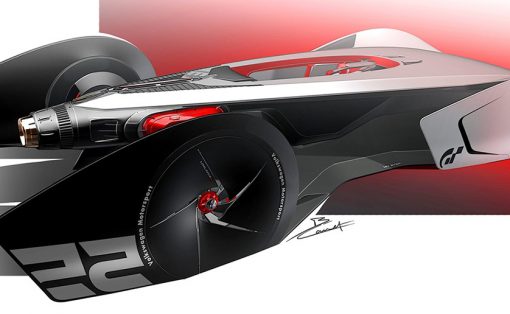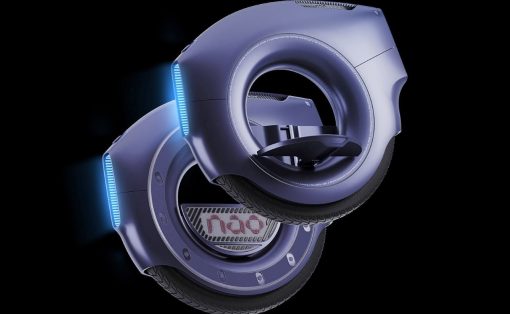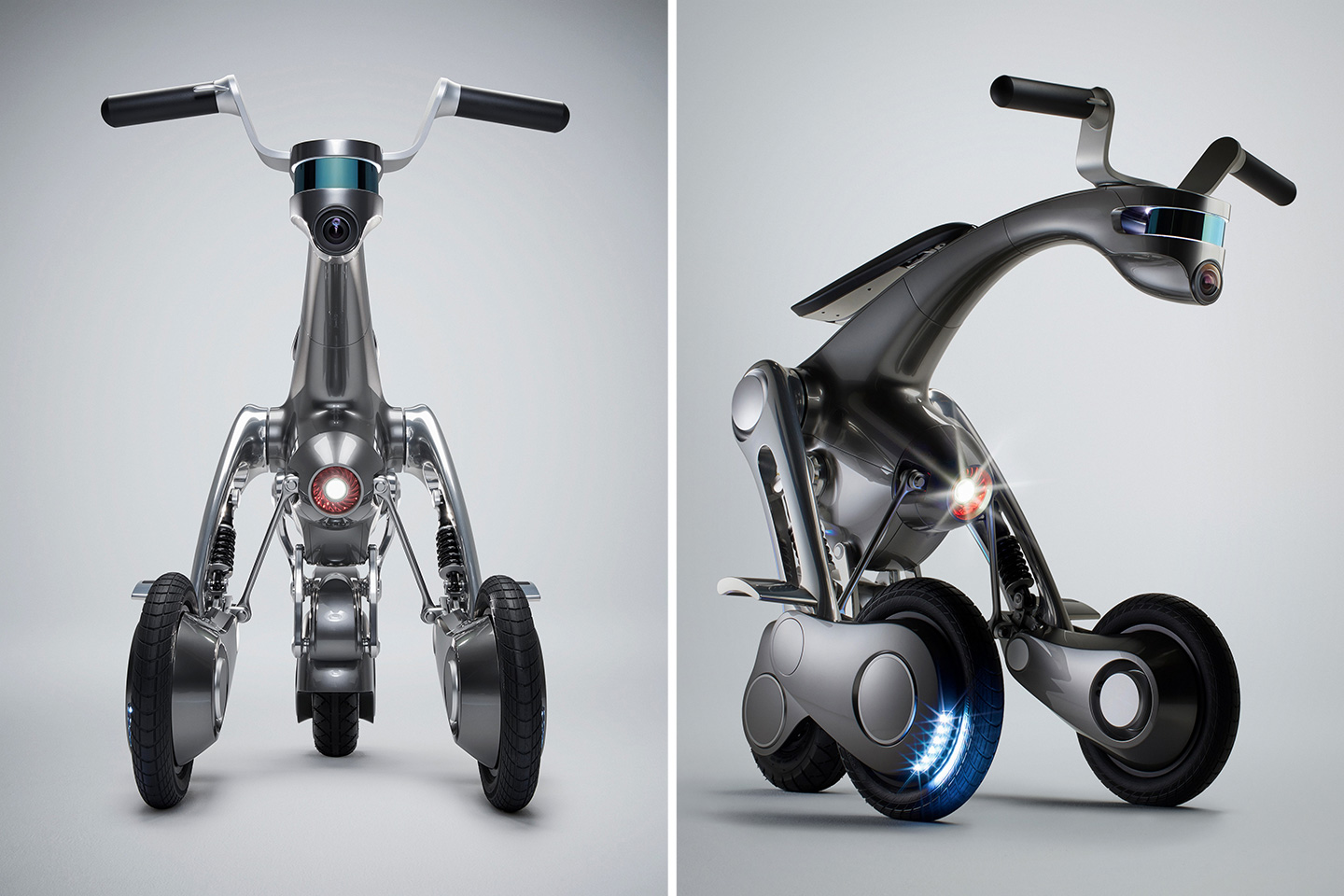
One of the A’ Design Awards’ standout features is just its vastly multidisciplinary nature. Conceived as the one award program to cover every single aspect of the design industry, the A’ Design Award looks at as many as 100 categories, spanning everything from Architecture to Interiors, Graphics, Packaging, Furniture, Film, Social Design, Medical Product Design, Consumer Technology, Jewelry, and a category that’s truly close to our hearts… Transportation Design.
With its Vehicle, Mobility and Transportation Design category, the A’ Design Award hopes to identify and reward game-changing innovations made in the mobility and transport sector. The awardees aren’t just your average cars, motorbikes, and cycles, they even look at recreational vehicles like skateboards (there’s one in the list below!) as well as mobility solutions for the physically impaired. Currently in their 2021-22 edition, the awards are looking for the next generation of life-changing, life-bettering transportation designs, with as many as 211 Jury Members covering all of the award categories. Moreover, winners of the A’ Design Award don’t just win a trophy and a certificate, but receive an entire PR Campaign dedicated towards pushing their career, clout, and even their projects to newer heights. A’ Design Award’s winners and even its participants are included in its annual award book and business network, while additionally contributing to their country’s overall design ranking that paints a holistic picture of how design-centric and design-forward each country is… so if you’ve got a great idea for a product and all it needs is a bit of a push and some validation from some of the most accomplished professionals and educators in the design industry, head over to A’ Design Award’s website and submit your design for this year’s award! Hurry, there are only 2 more weeks till the award’s final submission deadline of 28th February! Your design, your profession, and even your country could really use that bit of clout!
If you’ve got a great transportation/mobility design that’s innovative and award-worthy, click here to register & participate in the A’ Design Award and Competition 2022. Hurry! Submissions close on February 28th, 2022.
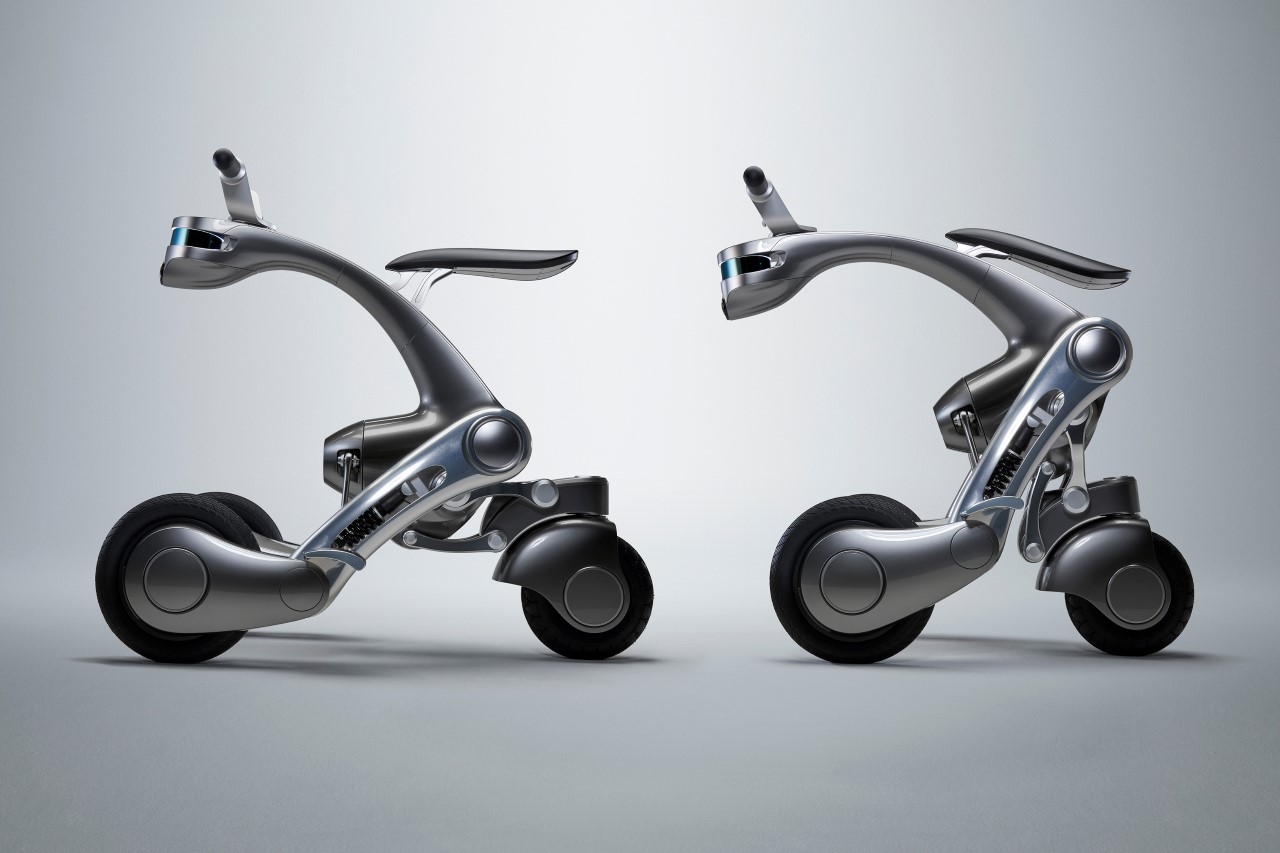
CanguRo Mobility Robot by Shunji Yamanaka – fuRo
The CanguRo Mobility Robot is a classic example of building the future by looking at the past. For centuries (if not millennia), humans have rode on horses as transport. The horse, unlike a car or motorcycle, forms a relationship with the rider over time, following, responding to commands, and remaining subservient to its owner. The CanguRo Mobility Robot provides a similar experience with a three-wheeled robot that the user can ride, summon via their smartphone, and even walk ahead of as the robot follows them along. The three-wheeled mobility bot is autonomous, which gives the rider a certain degree of freedom. It can be summoned from the parking lot by simply tapping a button, and can even follow you around as you walk. However, when you want to ride it, straddle yourself in its seat and the three wheels spread apart, providing you with a comfortable, controlled, and stable driving experience!
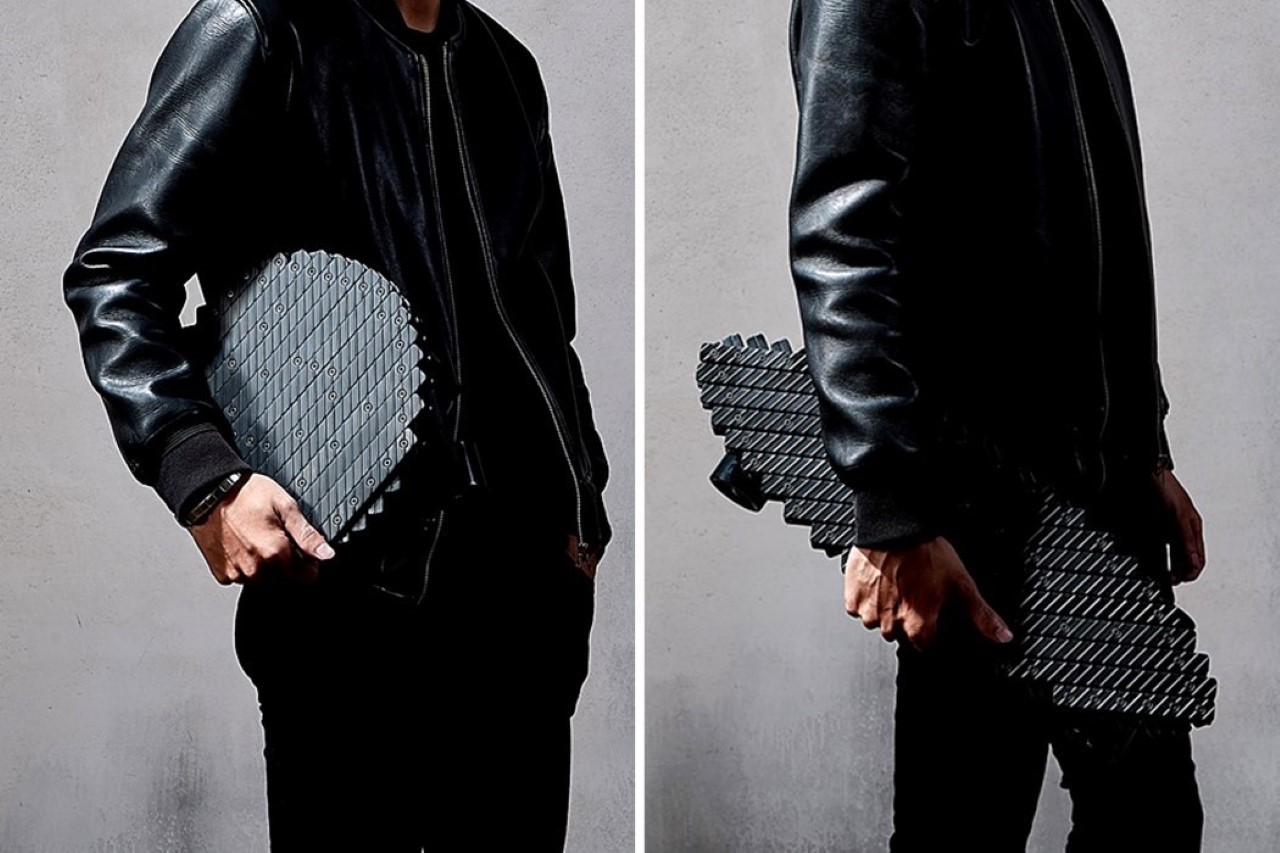
The Board Skateboard by Chia-Wei Chen
The Board is an award-winning collapsible skateboard that is inspired by the same mechanical linkage system seen in collapsing gates, in scissors, and in those expandable grabber toys you’re probably familiar with. It’s hard to think of how skateboards and gates have any design-process overlap, but The Board makes it clear that a detail found in one product can easily and effectively be ported onto another product with stunning results. The Board uses this collapsible linkage system to make itself more portable. Machined metal components are arranged, sandwiched, and connected to each other with multiple pivot points to make The Board’s body. These linkages allow The Board to expand and collapse just by pulling or pushing it, taking it from a long, skateboard shape to a much more compact and carryable circular shape that easily fits right into backpacks. The metal construction gives The Board its signature strength (so the pieces don’t bend or flex when you stand on the skateboard), while also imparting a unique appearance to it, whether open or closed!
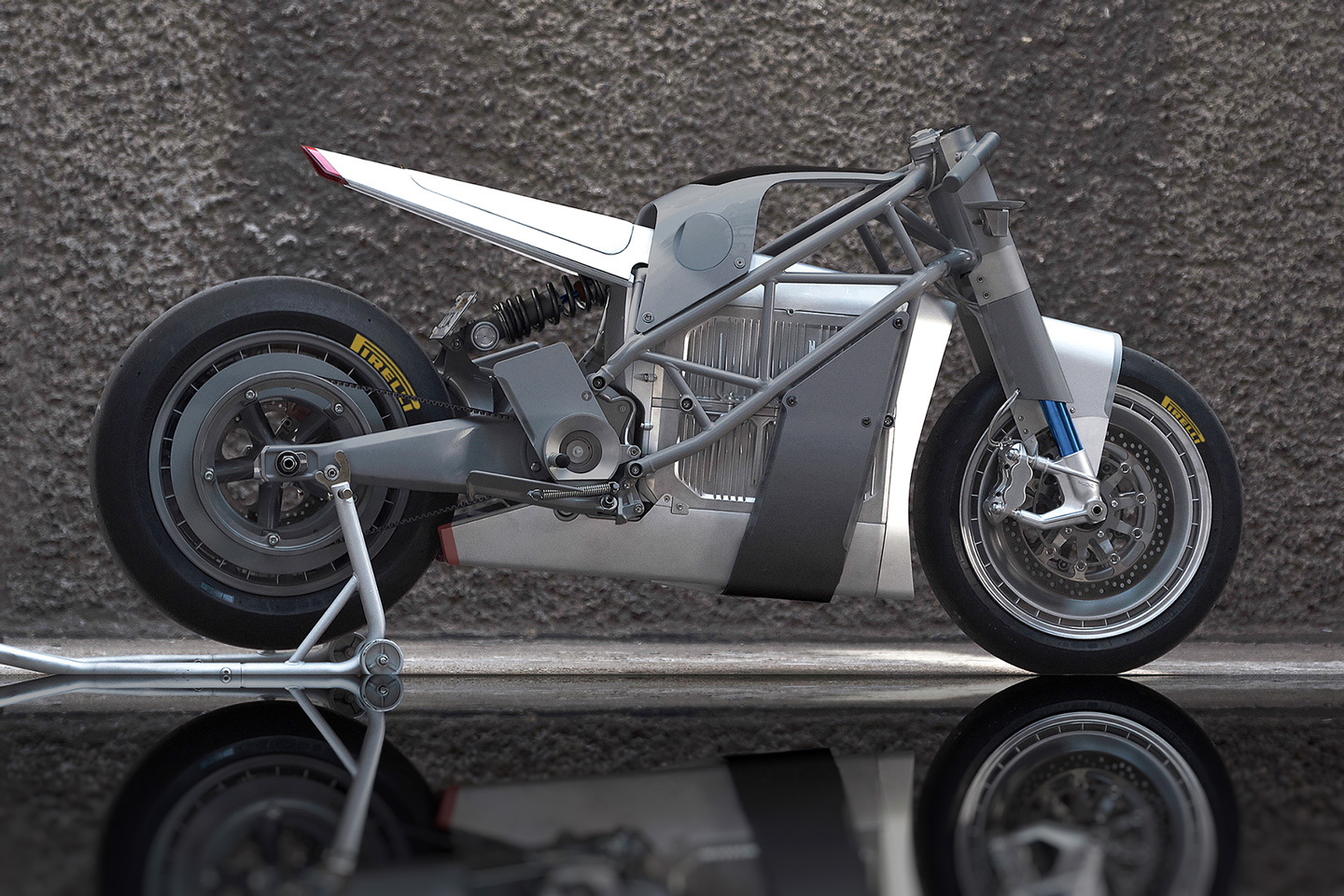
XP Zero by Hugo Eccles for Untitled Motorcycles
Untitled Motorcycles (UMC) turned a lot of heads when it unveiled its XP Zero design. Based on Zero Motorcycles’ SR/F naked sportbike, the XP Zero floored audiences with its classic lines, modern performance, and minimalist styling. Since its debut at the prestigious Goodwood Festival of Speed, the XP has exhibited in Milan, Italy and Portland, Oregon; won nine design awards; and been featured in hundreds of magazine articles. Now that alone is pretty impressive… aside from that bare-basic beautiful design!
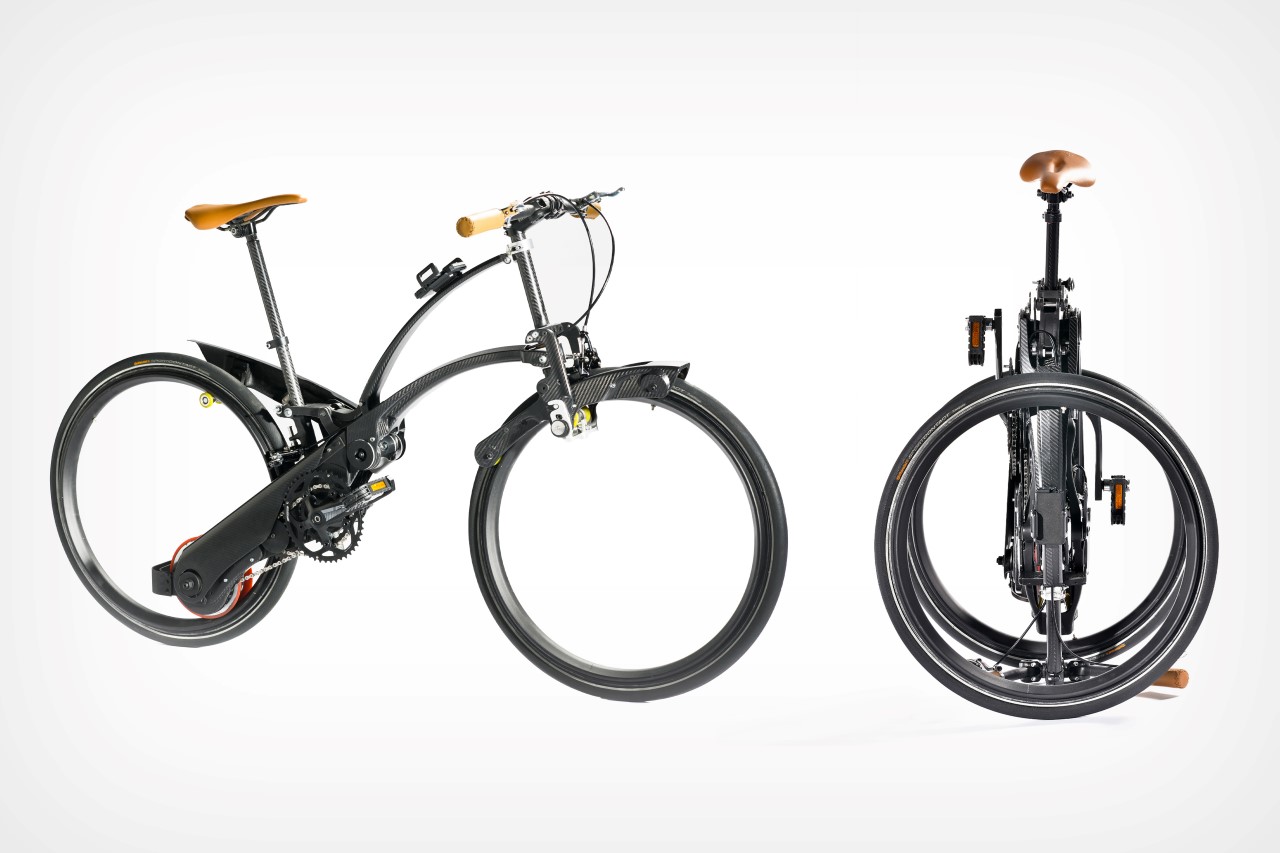
Sadler Foldable Electric Bike by Gianluca Sada
Another folding bike? Well, the Sadler is much more than that. The Sadler Folding Electric Bike, as its name suggests, comes with an electric powertrain that takes the effort out of manually cycling. Aside from that, it comes with a folding frame that’s also made further innovative by the two hubless wheels on the bicycle, and the frame’s carbon fiber construction. The foldable and portable design allows the Sadler to measure a mere 26-inches when closed, making it the world’s most compact folding e-bike. Designed and manufactured in Italy, the Sadler comes in three versions – a classic manual bike, a 3-gear shift, and the electrified version.
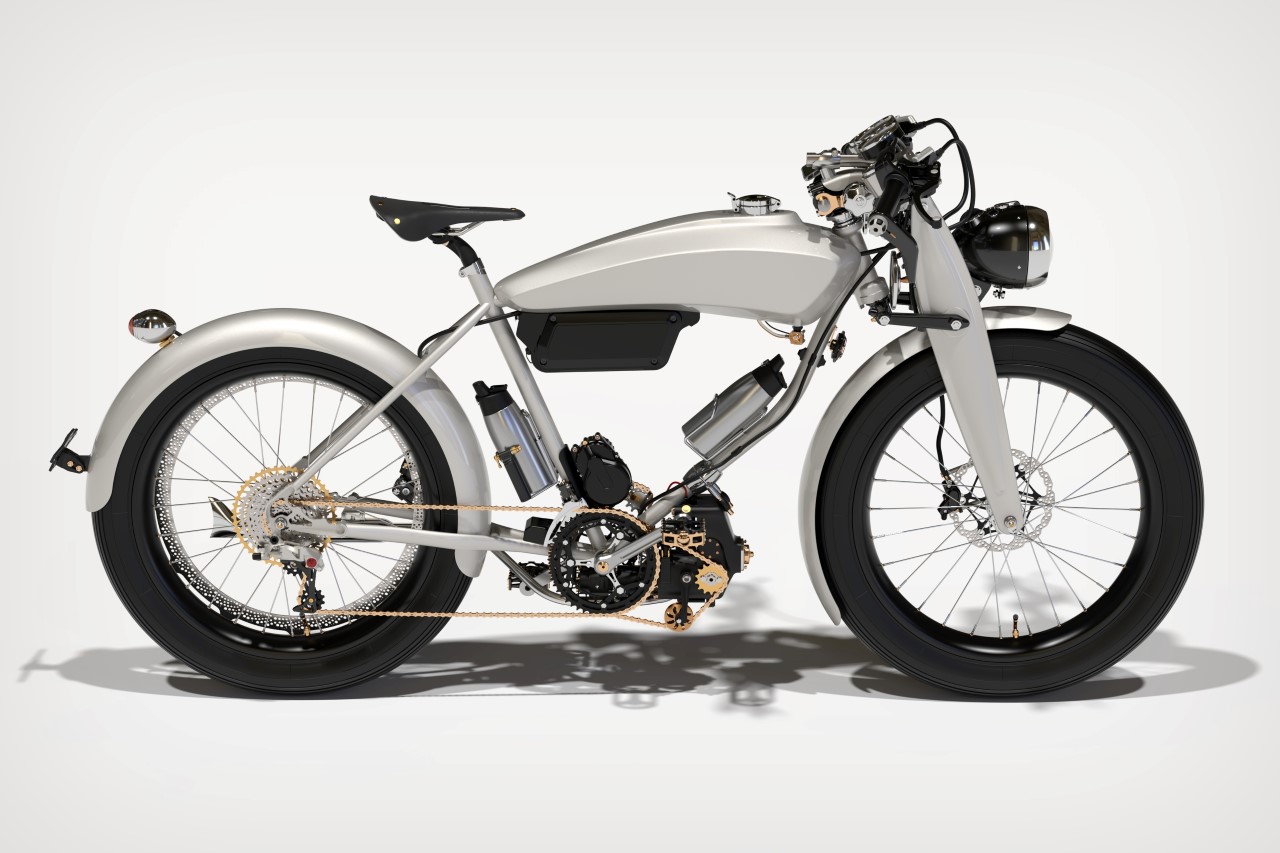
Cerberus Moped by Marco Naccarella
Although the Cerberus has the stylings of a café racer, it is, in fact, a moped owing to its lean lithe frame with the hollow design right under what looks like the moped’s fuel tank. The Cerberus sports one of the most interesting hybrid power systems. It comes equipped with a 2.3kw 50cc 4 stroke engine powered by a 2.8 kW electric battery and even has that aforementioned fuel tank to power the engine. If those weren’t enough, the Cerberus also has, wait for it, a set of foot pedals that allow it to live up to its moped name (the ped in moped standing for pedal)! The moped can reach speeds of up to 60km/h on both electric and fuel-based drives, and if you’re in the mood for some casual ambling about, you can just switch to the pedals and enjoy your bike ride!
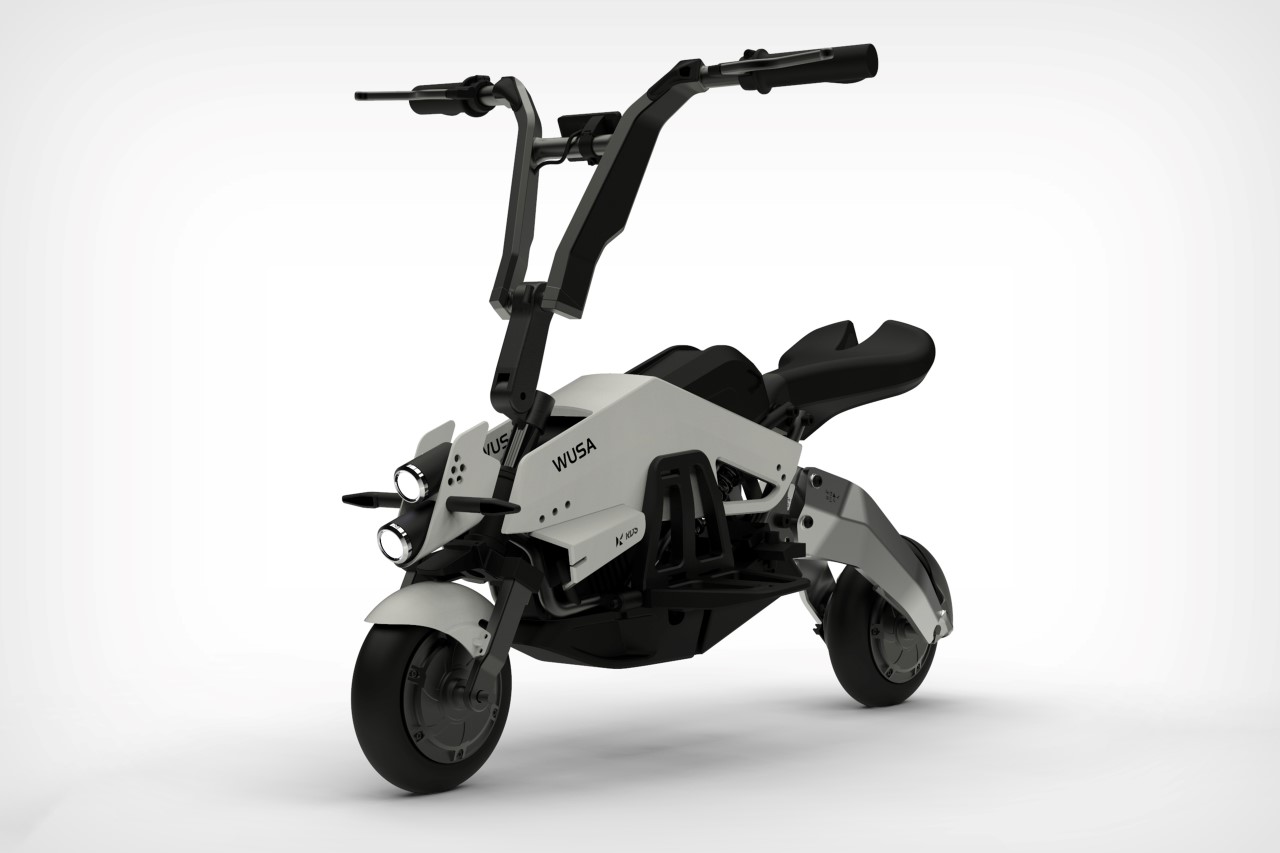
Wusa Electric Personal Mobility by Anri Sugihara
As incredibly wicked as the Wusa electric scooter looks, it is, in fact, designed to help people with reduced mobility make their way around. The brief of the Wusa is a pretty interesting one – envisioned for Japan, a country that’s seeing a gradual reduction in its population along with an increase in the median age of its citizens, the Wusa hopes to provide a robust, reliable personal mobility solution for people who often opt for public transport but are seeing these options close down due to a reduction in population and in demand. The scooter/motorcycle is a pretty nifty-looking electric two-wheeler that not only lets you ride it around from point A to B, it also comes with the ability to strap a wheelchair to its rear, turning it effectively into a motor-powered trike. The beauty of the Wusa, mentions designer Anri Sugihara, is that it’s agnostic in its approach to the rider. “This compact mobility won’t separate user by their body ability”, Sugihara says. “It can be enjoyed by both manual wheelchair users and able-bodied people for their own usage.” By doing so, it elevates the status and position of a ‘welfare vehicle’, truly impacting all its consumers by being as inclusive as possible.
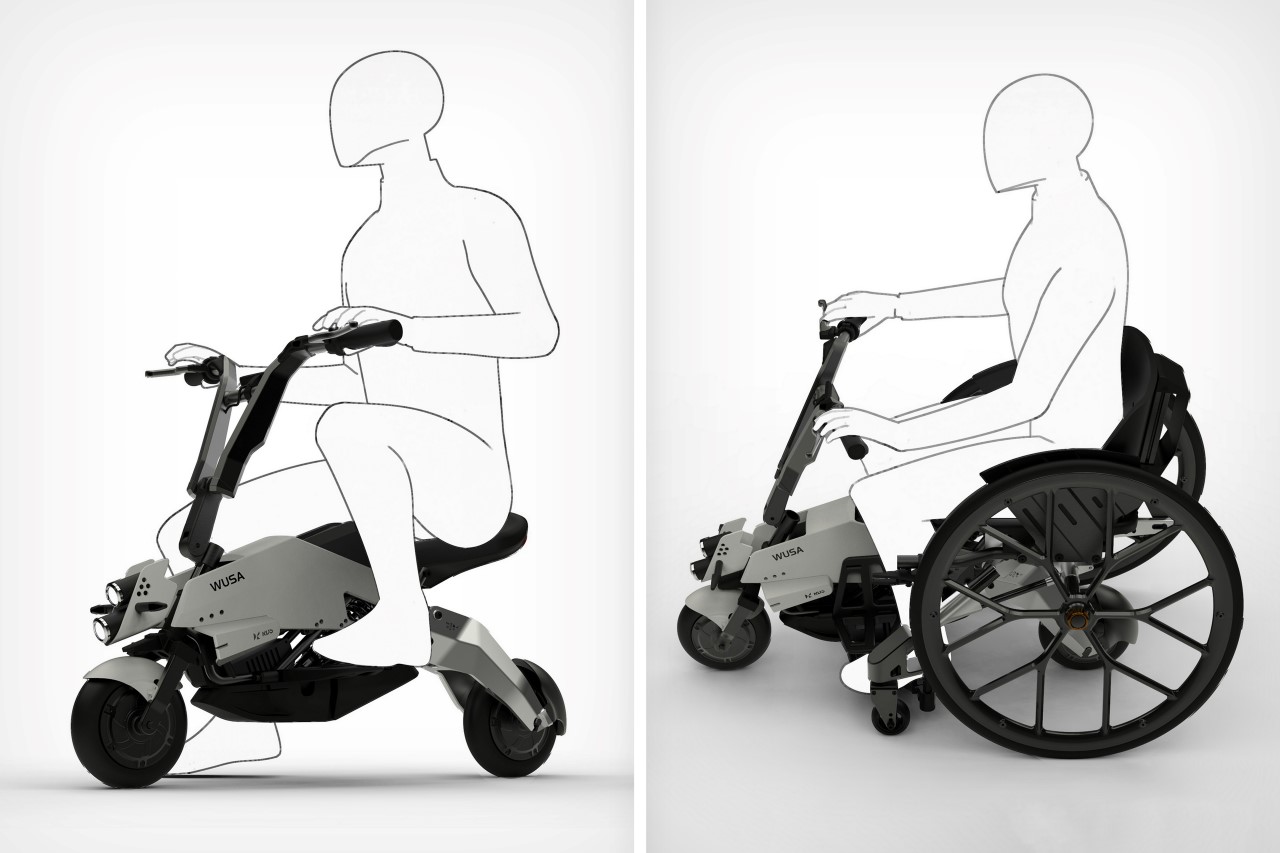
If you’ve got a great transportation/mobility design that’s innovative and award-worthy, click here to register & participate in the A’ Design Award and Competition 2022. Hurry! Submissions close on February 28th, 2022.
